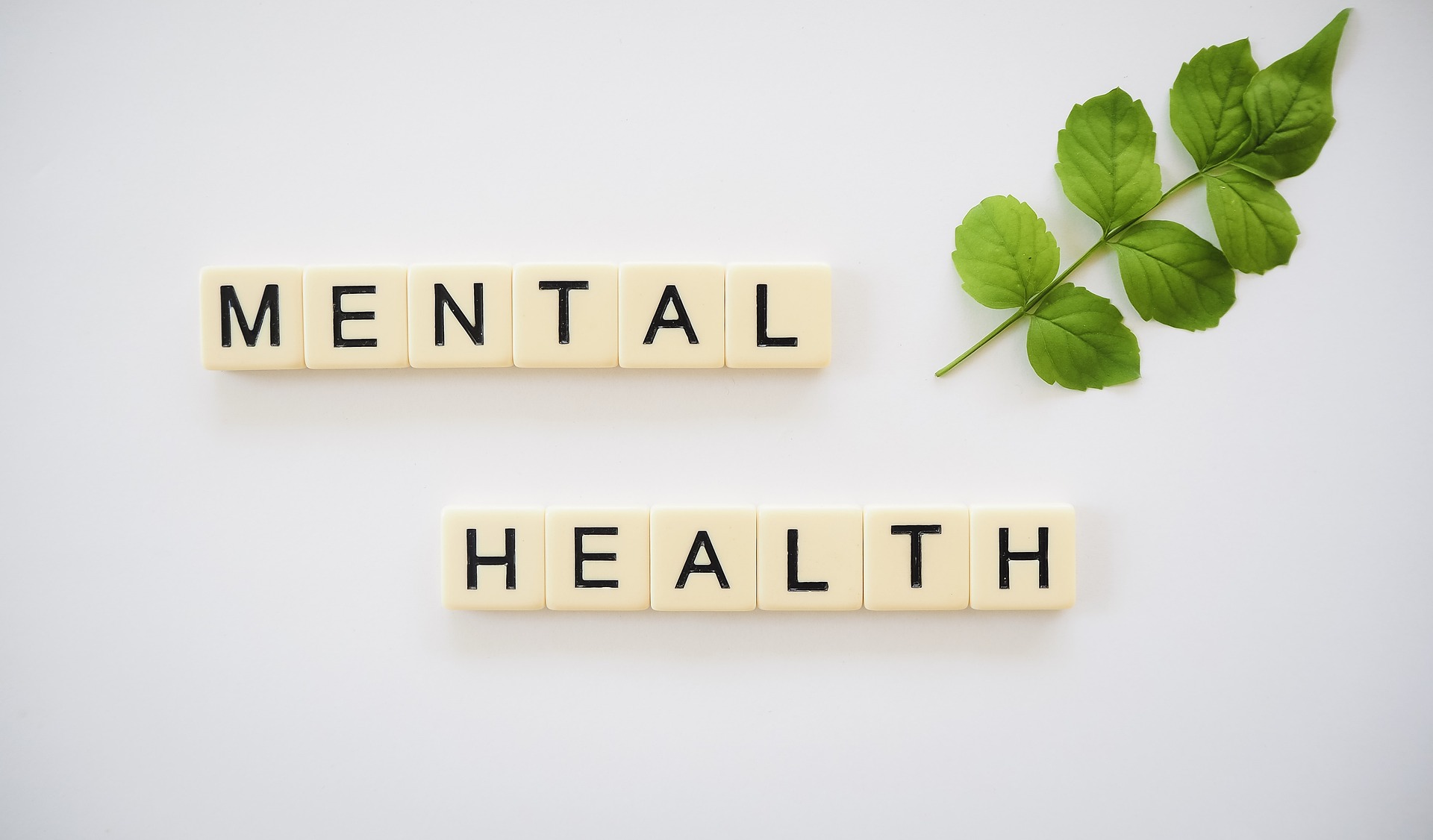Navigating the Fog: Understanding Anxiety and Its Impact on Wellbeing
Anxiety, a common mental health condition that plagues many, is often misunderstood and stigmatized. It's a complex and multifaceted condition that can significantly impair one's quality of life and overall wellbeing. Despite its prevalence, it remains an enigma to many, often shrouded in misconceptions and myths. This article aims to pull back the curtain on anxiety, shedding light on its historical context, current relevance, trends, impact, and reception. It also provides unique insights into this common yet often misunderstood condition.

Anxiety Through the Ages: A Historical Perspective
Anxiety isn’t a modern phenomenon. It’s been a part of the human experience since the dawn of time, evidenced by early cave drawings and ancient texts. Ancient Greeks, for example, recognized anxiety as a medical condition, referring to it as “melancholia.” They believed it was caused by an imbalance of the body’s four humors: blood, phlegm, yellow bile, and black bile.
Fast forward to the 19th and 20th centuries, the field of psychology began to recognize anxiety as a distinct mental health condition. Sigmund Freud, the father of psychoanalysis, was among the first to study anxiety in depth. He believed it was a result of repressed and unresolved conflicts.
Anxiety in the Modern World: Prevalence and Relevance
Today, anxiety disorders are among the most common mental health conditions worldwide. According to the World Health Organization, approximately 264 million people globally suffer from an anxiety disorder. It’s a pervasive problem that transcends geographic, cultural, and socioeconomic boundaries.
Modern life, with its fast-paced lifestyle, constant connectivity, and societal pressures, has been cited as a contributing factor to the rise in anxiety disorders. The ongoing COVID-19 pandemic has further exacerbated the situation, with many people experiencing heightened anxiety due to health concerns, isolation, and economic instability.
The Many Faces of Anxiety: Types and Symptoms
Anxiety is not a monolithic condition; it presents in various forms, including generalized anxiety disorder (GAD), panic disorder, social anxiety disorder, and specific phobias. Despite their differences, these disorders share common symptoms, such as persistent worry, restlessness, and physical symptoms like fast heart rate and rapid breathing.
Understanding that anxiety manifests in different ways is crucial in acknowledging its impact and working towards effective treatment strategies. It also underlines the importance of destigmatizing mental health conditions and promoting a culture of understanding and empathy.
The Impact of Anxiety on Wellbeing
Anxiety affects more than just an individual’s mental health. It has a profound impact on physical health, relationships, productivity, and overall quality of life. Chronic anxiety has been linked to a range of physical health issues, including heart disease, digestive problems, and weakened immune function.
Moreover, anxiety can lead to social isolation as individuals may withdraw from activities or relationships to avoid feelings of worry or fear. This isolation can further aggravate anxiety symptoms, creating a vicious cycle that’s difficult to break.
Trends, Reception, and the Path Forward
Over the past few decades, increased awareness and understanding of anxiety have led to a shift in societal attitudes. Mental health is no longer a taboo subject, but a vital aspect of overall health that needs attention and care. There’s also been a growing acceptance of therapy and medications as legitimate and necessary treatment options.
However, there’s still a long way to go. Stigma and misunderstanding persist, and access to mental health care remains a significant issue, particularly in low-income and underserved communities. As we move forward, it’s critical that we continue to normalize conversations around mental health, invest in research, and work towards making mental health care accessible for all.
Understanding anxiety is the first step towards managing it. By educating ourselves and others, we can foster empathy, reduce stigma, and create a world where individuals with anxiety feel understood and supported. After all, mental health is not a destination, but a journey, and it’s a journey that no one should have to walk alone.




